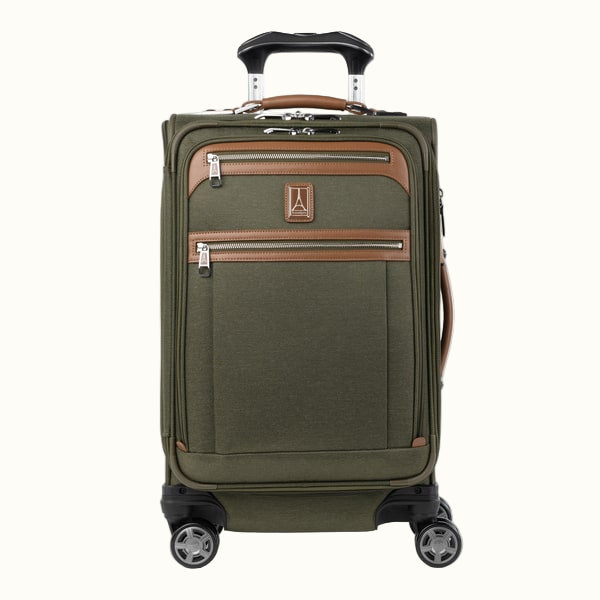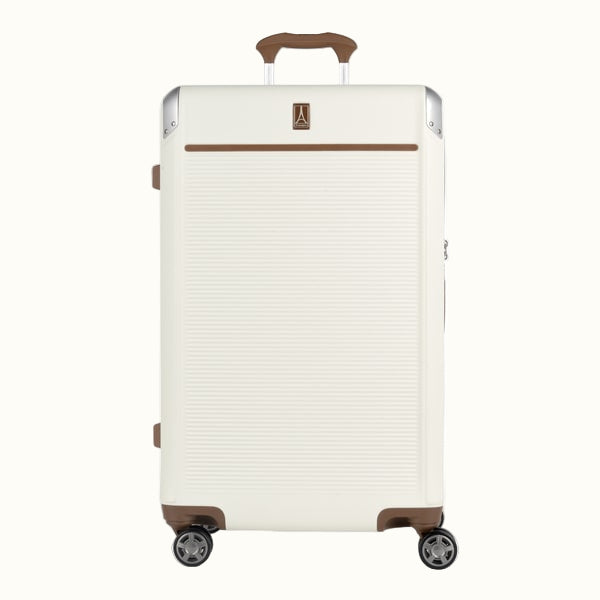Traveling overseas can present different dilemmas than traveling within a country. You can deal with different laws, culture shock, and new foods. But function without your mobile phone or laptop? How did people even manage 100 years ago without electronics?!
You go to plug your laptop or mobile phone charger into the wall, only to discover the plug is like nothing else you’ve encountered before. You had to see it to believe it, but you realize that not every electrical socket is three-pronged and not every country uses the same voltage that we do in the United States.
And knowing those two things will help you save your electronics when you travel to a different country. So we turned to the experts at SmarterTravel.com for more information.
WHAT’S THE DIFFERENCE BETWEEN AN ADAPTER AND A CONVERTER?
In some countries, their plugs are shaped differently than they are in the United States and Canada. And in some other cases, the plugs are shaped the same, but the voltage and hertz (Hz) are different, which means the cycles of electricity are different. Get it wrong, and you can damage your device.
Let’s look at the two options.
In the cases where the plug is shaped differently, you need to be able to plug into the wall with your regular US-type connection. So you would use an adapter to change the shape of the plug and make it all fit.
However, you can damage your electronics if you just go plugging them into any old wall socket you find. That’s because the voltage and hertz that comes out of the wall needs to be compatible for the device plugged into it.
Even if you use an adapter, you can still cause damage if you don’t change the voltage or hertz. And if that’s the case, here’s what can happen:
- The polarity of the adapter can be reversed, causing your device to work erratically. Your device won’t perform as well as it should, and the battery can develop some problems.
- Should the voltage be too high, it can damage the device by overheating it. Many devices will shut down automatically, but some might not, which can cause permanent damage.
- If the current is too low, this can cause the adapter to overheat or fail because the device is drawing more from the adapter than it was designed for.
This is where it’s important that you have a voltage converter rather than the adapter. All the adapter does is change the shape of the plug, the converter changes the voltage and hertz so it works with your device.
If you are in the United States or Canada, your electronics will work on a 110 volt, 60Hz (hertz) electricity. But in other parts of the world, like Europe and parts of South America, they use either 220 volt or 50Hz electricity (or both).
These days, most modern travel devices are dual voltage. That is, they work anywhere. You just need to change the shape of the plug with the adapter. The best way to tell if you have a dual voltage device is to look at the brick on your charging cable. According to SmarterTravel.com:
How do you know if your device is dual-voltage? Check the label and/or owner’s manual: If it says something similar to “INPUT AC 120 VAC 60 Hz 200 W,” then your gadget is single-voltage and can only be used on 120 V. If you want to use it elsewhere, you’ll need a converter. If you see something like “INPUT AC 120/240 V 50—60 Hz 1300 W,” then your device is dual-voltage, and you can safely use it for voltages anywhere between 120 V and 240 V. If this is the case, you’ll only need a plug adapter.Get an all-in-one adapter.
Most of these kinds of electronics adapters come in big blocks that contain multiple inputs for plugs. Some also allow you to control the voltage. You can even plug in multiple devices and appliances too. You can find them at most home electronics stores, as well as on Amazon.
There are some relatively cheap ones that run around $14 – $18, but you should consider the higher-end ones ($60 and up) because they have a better proven usability, durability, and reliability.
Finally, you can help yourself by minimizing the number of electronics and electrical devices you bring along. Instead of carrying an electric razor, bring a disposable one. Leave your hair dryer behind and use one in the hotel or just buy a cheap one at your destination.
Finally, if you are traveling overseas on business, make it a priority to research the electrical information. Talk to colleagues who have traveled there before. Doing this can help prepare you for which devices you need to bring, need to leave behind and need to get an adapter for.
And read travel articles about the country you’re traveling to. They’ll guide you to the right devices — converters and adapters — that you need, and may even tell you the best ones to buy.
How do you manage your electronics when you travel overseas? How do you keep them charged? How do you protect them from being overloaded or damaged by another country’s electrical system? Tell us about it on our Facebook page, or on our Twitter stream. You can also find us on our Instagram page at @TravelproIntl.
Photo credit: Phil Long (Flickr, Creative Commons 2.0)





